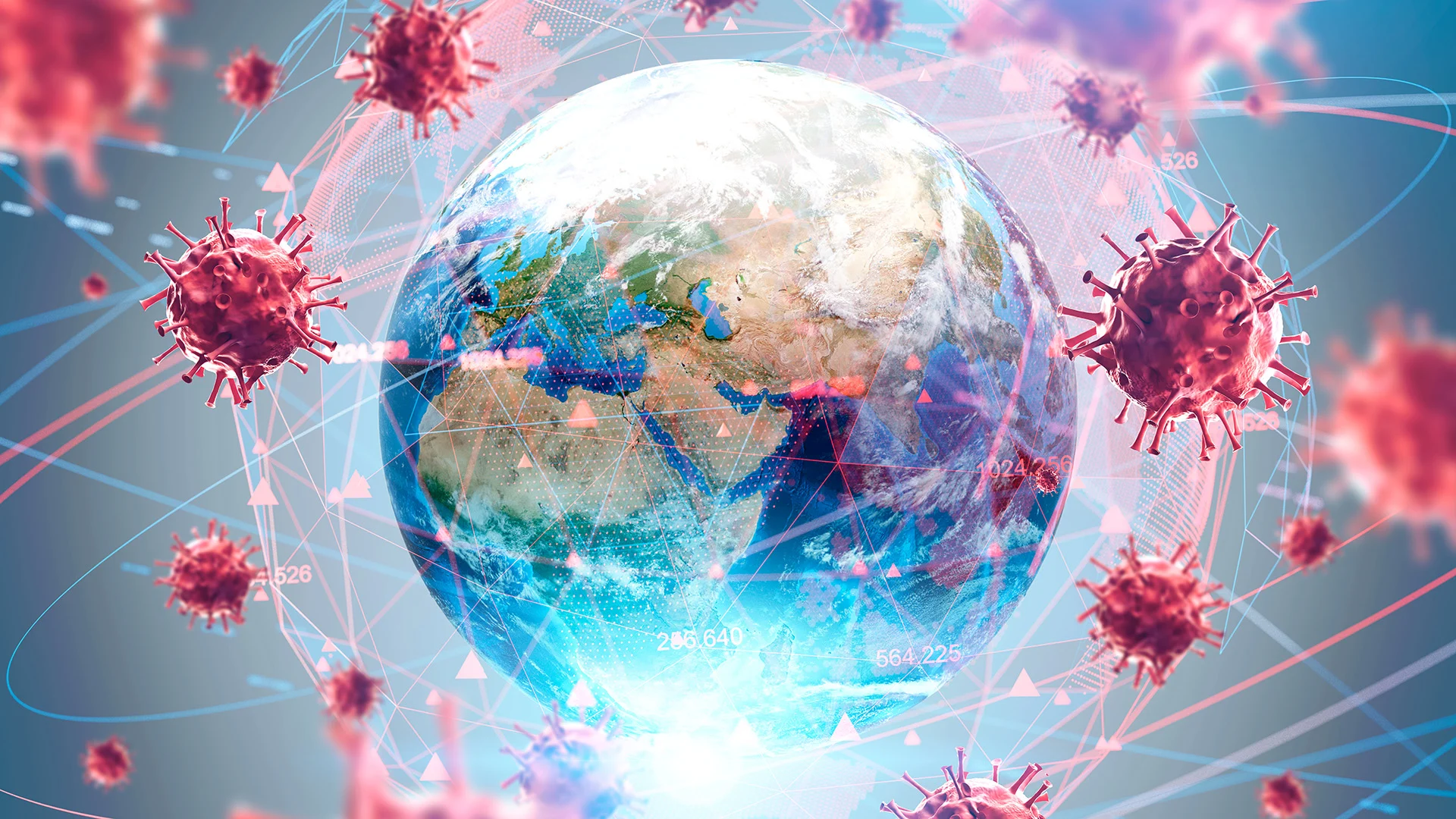March 20, 2024
Article
100 Days Mission for Pandemic Preparedness

Overview
The year of R&D to get from pathogen identification to vaccine for the COVID-19 pandemic was too long, experts say. Their ideal timeline to is 100 days and a new mission for pandemic preparedness.
The ideal time to make safe, effective diagnostics, therapeutics and vaccines for the next pandemic is 100 days
It took about a year of R&D to get from pathogen identification to vaccine for the COVID-19 pandemic, but infectious disease and global health experts say that's too long. The ideal timeline to make safe, effective diagnostics, therapeutics and vaccines for the next pandemic is 100 days.
To get ready, the 100 Days Mission is harnessing and sustaining the innovation, equity, and collaboration needed for pandemic preparedness. The initiative, designated by the United Kingdom's government and the Coalition for Epidemic Preparedness Innovations (CEPI), recognizes that with increased interaction between humans, animals and the environment due to climate change, conflict and globalization, another pandemic is not a case of if, but when, and it could claim millions of lives.
Cure asked Victor J. Dzau, MD, President of the National Academy of Medicine and Co-Chair of 100 Days Mission, and Rick Bright, PhD, former Director of the Biomedical Advanced R&D Authority and former CEO of the Rockefeller Foundation Pandemic Preparedness Institute, what needs to happen to make the 100 Days Mission a reality.
Cure: Did we move quickly enough with the COVID-19 pandemic?
Dzau: For COVID-19, even though we created diagnostic testing and a vaccine in a year, it was still not fast enough. We've learned that the first 100 days of a pandemic make a huge difference in controlling the infection, slowing it down and saving lives. Setting the bar at 300 days is not enough. We've got to get everything ready, including diagnostic therapeutics and a vaccine within 100 days. We have to make sure we have the prototype pathogens, diagnostics and therapeutics for specific groups of pathogens available so when we have an outbreak, we can be ready. We have to make agreements in advance on how to do clinical trials, harmonize regulation, initiate manufacturing and so forth.
Bright: With the last pandemic, everything took too much time. We were faster than we probably had ever been in the past, but still, too many people died. Too many people got infected. The tools we created didn't reach the world as quickly as they needed to. So we need to do everything possible to condense that timeline. The 100 Days Mission is about looking at all the factors to detect, get in front of and prevent a crisis before it happens.
Cure: What have we learned from the COVID-19 pandemic that may make the 100 Days Mission achievable?
Bright: Even though we rolled out the vaccines quickly in the United States, people are still waiting for them in some places around the world. We have since identified the pressure points. We know we cannot wait till a crisis hits to respond to a crisis. There's so much we have to put into place before day zero, such as vaccine uptake and administration, diagnostic testing, data sharing, collaboration and clinical trials infrastructure.
Cure: Why are diagnostics such an important component of the 100 Days Mission?
Bright: If you can't see something, you can't stop it. Diagnostics are the eyes on the ground and the ears in the field. They are the key not just to pandemic detection and response, but to every medical situation we face in the world. We learned during the COVID pandemic that testing matters. We also learned what it felt like to not have a test when you needed it.
Cure: How can diagnostics improve to speed up the pandemic response?
Dzau: With new technology such as artificial intelligence, we can transform the way diagnostic tests are run. We need to reduce their cost significantly. Many of us can afford to have a $12 or $25 test in our medicine cabinets, but that is not practical globally. With new technologies, we can get those tests to more places around the world.
We also need to change the paradigm of testing from the question of "Do I have influenza?" or "Do I have COVID?" to "What do I have?" In other words, we need to create one test that someone can use to find out what is causing their symptoms. That would completely change healthcare around the world.
Cure: What resources do we need for the 100 Days Mission to be successful?
Bright: Funding, partnerships and collaboration. So many innovative ideas are currently in the labs of very small biotech companies or entrepreneurial groups that might just be two to five people. We have to make sure their discoveries see the light of day — that they find the right partnerships and funding from philanthropic organizations, governments and private capital investment to support and accelerate them. We also have to be sure we do not make these incredible new tests a luxury that only high-income countries can afford. When we develop them, we need to keep in mind the importance of global access and equity.








